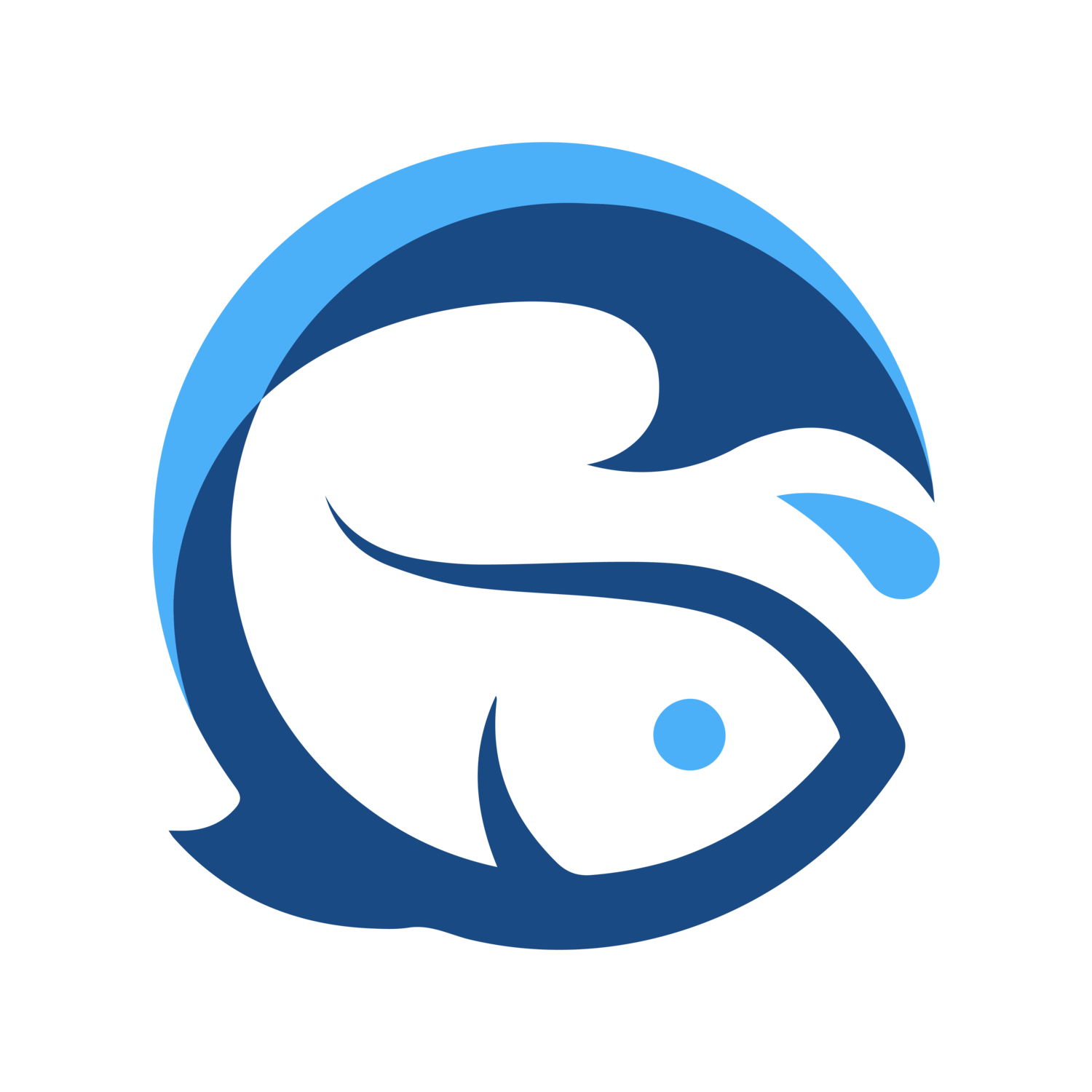Aquatic Animal Welfare Being Defined for the First Time
Major gaps exist currently in what “animal welfare” means for aquatic animals and the Aquatic Life Institute is leading the effort to help define what this looks like.
Every year, approximately two to three trillion aquatic animals are killed in the wild and 100 billion are farmed in high suffering conditions, with aquaculture being the fastest growing food sector. Yet, at a global scale, there is a major gap in aquatic animal welfare considerations because the concept of what constitutes “higher-welfare” remains a blank canvas. The Aquatic Life Institute (ALI) is leading the effort to change this by spearheading research and forming the first coalition for aquatic animal welfare.
ALI’s work comes at a critical juncture as researchers are finding that aquatic animals are sentient beings and deserve the same welfare protections as terrestrial animals. Together with global experts, ALI created a first-of-its-kind, comprehensive guide to welfare for wild and farmed aquatic animals. Below is a brief overview of the five pillars while more details are available here:
Enriched Environment: Create an environment that meets species-specific ethological needs analogous to their ideal habitat.
Feed Composition & Feeding: Reduce the amount of wild-caught animals required for aquaculture feed by researching alternative feed sources, improving feed conversion ratios, and substituting carnivorous farmed species with herbivorous species. Strive for the most optimal feeding times and quantities and avoid starvation periods exceeding 72 hours.
Space Requirements & Stocking Density: Maintain appropriate space by species and lifestage to avoid negative physical, psychological, and behavioral impacts.
Water Quality: Monitor key water quality indicators continuously or at least once a day.
Stunning & Slaughter: Effectively stun all animals before slaughter, minimize the time elapsed between stunning and slaughter to lower the risk of consciousness being recovered.
This groundbreaking research has formed the basis of ALI’s advocacy work, starting with some of the most important product certification programs in the world because the majority of the world’s “sustainable” fish labels do not cover animal welfare. In fact, ALI created the Aquatic Animal Alliance (AAA) -- a coalition made up of leading animal protection organizations -- to do just that: advocate for change with a collective voice and to ensure that industry follows through.
“This is just the beginning of a coordinated movement to draw attention to and improve existing fish product certification standards. We want all labeling schemes to take into account the welfare of aquatic animals required in the entire chain of aquaculture production, including cleaner fish, feeder animals, and broodstock, as well as the process of catching fish in the wild used for aquaculture and livestock feed,” urged Becky Jenkins, Executive Director of ALI.
The good news is that between June and October, the AAA has already submitted joint feedback to the following labeling schemes urging for the incorporation of aquatic animal welfare standards: GlobalG.A.P., Best Aquaculture Practices (BAP), and Aquaculture Stewardship Council (ASC). Going forward, ALI will continue to use the best available science to guide our coalition work as well as welfare standards that apply to both 1) all aquatic species, and 2) species- and lifestage-specific.
For more information, please contact catalina@ali.fish
